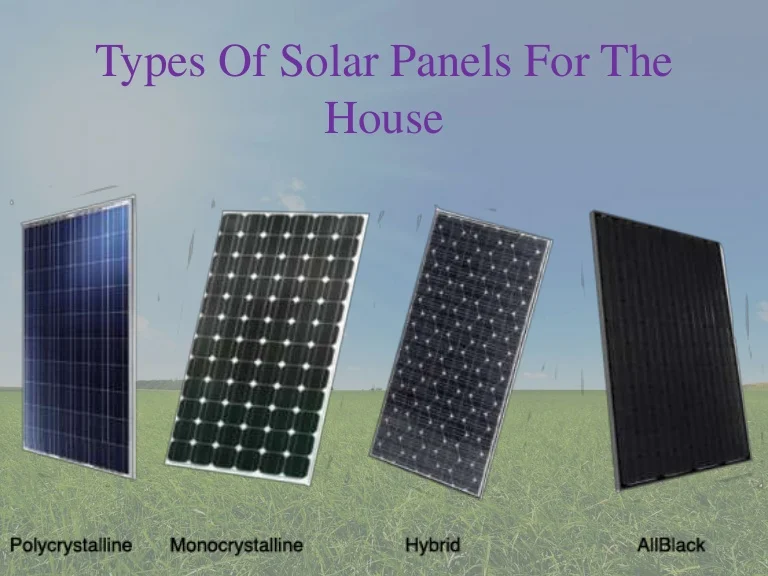What Does Solar Systems Do?
The Main Principles Of Solar Systems
Table of ContentsThe Single Strategy To Use For Solar Systems7 Simple Techniques For Solar SystemsThe Main Principles Of Solar Systems Some Known Details About Solar Systems
There are 3 various sorts of photovoltaic panels: monocrystalline, polycrystalline, and thin film. Monocrystalline solar panels are extremely effective as well as have a streamlined layout, but come at a greater rate factor than various other solar panels. Polycrystalline photovoltaic panels are less expensive than monocrystalline panels, however, they are much less reliable and aren't as aesthetically pleasing.Nowadays, there are several varieties of monocrystalline photovoltaic panels on the market to choose from. Passivated Emitter and Rear Contact cells, even more commonly described as PERC cells, are becoming a progressively prominent monocrystalline choice. PERC cells experience a different manufacturing and setting up procedure that boosts the quantity of power the cells can generate.
Since monocrystalline solar batteries are made from a single crystal of silicon, electrons are able to quickly flow throughout the cell, raising general effectiveness. Not only do monocrystalline panels have the greatest efficiency rankings, they commonly likewise have the highest power capacity rankings, also. The majority of monocrystalline panels on the market today will have a power outcome rating of at the very least 320 watts, yet can increase to around 375 watts or higher!.
Because polycrystalline cells contain numerous silicon cells, the electrons can not move as easily and as a result, decrease the efficiency of the panel. The lower performance of polycrystalline panels also means they have a tendency to have a reduced power outcome than monocrystalline panels, generally varying between 240 watts as well as 300 watts.
Solar Systems Can Be Fun For Everyone
4% performance with slim film cell models yet. In order to satisfy your energy requires, you would certainly require to mount more thin film panels over a large location to produce the very same quantity of electricity as crystalline silicon solar panels. This is why thin film photovoltaic panels do not truly make good sense for property installments where space is restricted.
The temperature coefficient informs you just how a lot the power outcome will lower by for every 1 * C over 25 * C the panel gets. The basic temperature coefficient for mono and also polycrystalline panels commonly drops someplace in between -0.
As a matter of fact, with some thin movie panels, it's difficult to also see the private cells within the panel. They additionally often tend to have less electrical wiring and busbars, suggesting there's much less white space. However, since they are so inefficient, you would certainly require to cover your entire roof covering in slim movie panels - which may or may not be your design.
/types-of-solar-panels-pros-and-cons-5181546_finalcopy-93f1db65349840bdba2822f75fa592f9.jpg)
Some makers have actually worked around this with black packing or forming the cells differently, yet these visual adjustments can affect both the rate as well as performance of the panels. Overall, monocrystalline panels still look sleek, yet they're a little bit more pronounced than slim movie panels. solar systems. The process in which polycrystalline solar cells are manufactured causes the cells to have a blue, marbled appearance.
Unknown Facts About Solar Systems
If you get on a limited budget, polycrystalline panels might make even more sense for you. We do not recommend thin film photovoltaic panels for property installations - their efficiency and also sturdiness do not make the affordable worth it, as well as it's unlikely you'll have nearly enough area to mount the number of slim movie panels you would certainly need to cover your family electricity usage.
Given that they are made from pure silicon, they can be conveniently determined by their dark black shade. Using pure silicon likewise makes monocrystalline panels one of the most space-efficient as well as longest-lasting among all three photovoltaic panel kinds. This comes at a cost a whole lot of silicon is wasted to create one monocrystalline cell, often getting to over 50%. solar systems.

Amorphous silicon panels (A-Si) obtain their name from their unformed nature. Unlike mono-and polycrystalline solar batteries, the silicon is not structured on the molecular level. Usually, an a-Si cell calls for just a fraction of the silicon needed to create regular silicon cells. This allows them to have the most affordable production expense, at the expenditure of efficiency.
The 3-Minute Rule for Solar Systems
$0. 32-$0. 65 $1 useful link $1. 50 $0. 70 $1 $0. 60 $0. 70 $0. 50 $0. 60 $0. 43 $0. 50 Note that these numbers do not include the cost of installation and also labor. With labor and also various other overhanging factors, the total amount can climb to $2. 50 to $3. 50 per watt.

This indicates that thin-film panels can be an excellent alternative for hotter environments discover this or places that experience more sunshine throughout the year. The upgraded International Building regulations of 2012 calls for photovoltaic panels to match the fire rating of the roofing system where they are set up. This is to make sure that the components do not increase the spread of fires in the occasion of a fire.